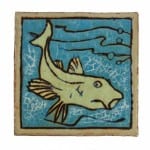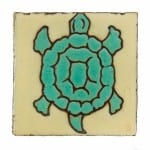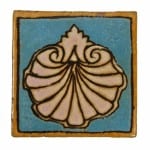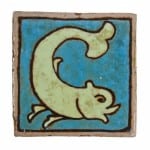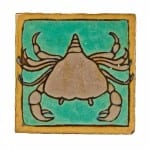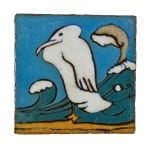the beauty is in the details: the long forgotten lakeshore athletic club nautical-themed tiles
This entry was posted on September 22 2014 by Eric
the historically important 19-story towering beax-arts style lakeshore athletic club building was designed by renowned chicago architect jarvis hunt in 1927. the extant chicago landmark is located on a prominent corner along the shores of lake michigan.
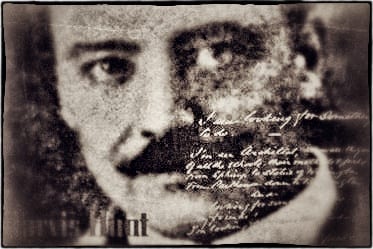
the interior boasted a gargantuan marble-clad lobby, with ornamented bronze chandeliers and gilded plasterwork. in addition, the building contained stunning ballrooms, a reading room and a pool room bedecked with nautical-themed polychromatic enamel tiles found along the walls and floors surrounding the pool.
in 1928, the lakeshore athletic club received national attention when it hosted the 1928 olympic swimming trials, where gold medalist and future holywood actor johnny weissmuller qualified for the olympic games being held in amsterdam.
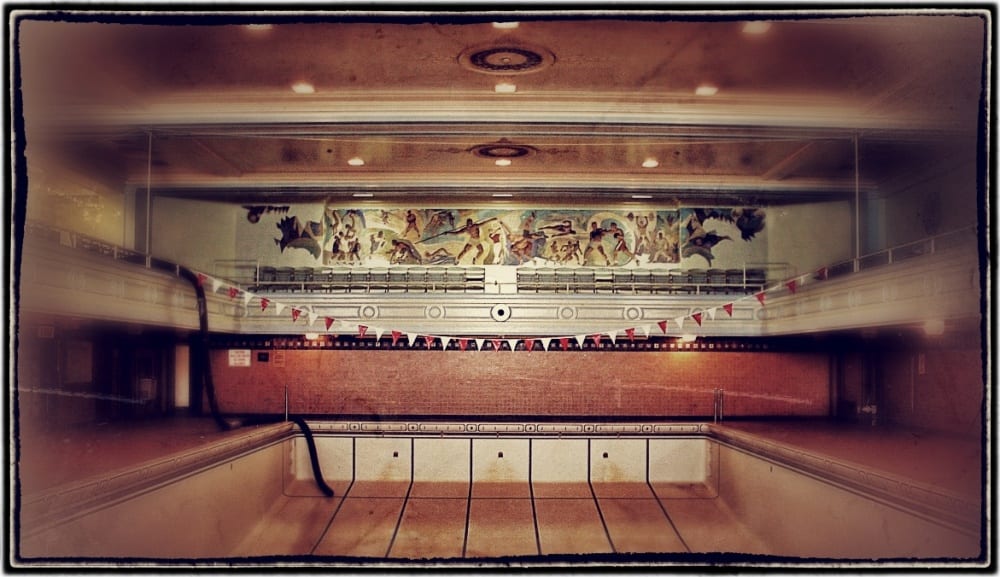
during the late 1970's (and after falling into disrepair), the outdated building was purchased by northwestern university for use as a dormitory for their students for the next several years. after changing ownership again in 2008-9, the then-abandoned building received a major overhaul in preparation for conversion into luxury apartments.
shortly before interior demolition was to begin, urban remains was brought onboard to salvage ornament for the client, who intended to reincorporate a great deal of it back into the building once they arrived at that stage.
other building materials they expressed no interest in were offered to as part of the compensation component i drafted into the contract.
plans called for the majestic pool room to be completely wiped away during the interior demolition phase. immediately after being informed of this, i made sure that part of my salvage crew carved out time to rescue the floor and ceiling tiles that adorned the pool area.

the hand painted wall murals added in the 1940's were also of interest, but by the time my work there was drawing to a close and i had to hand over the key, i had only a very slim chance of attempting to save them. i was told that i could take a shot at rescuing them before interior demolition was set to begin, but i never received the phone call giving me the green light. by then, the bobcats had entered the building and began tearing apart the pool room.
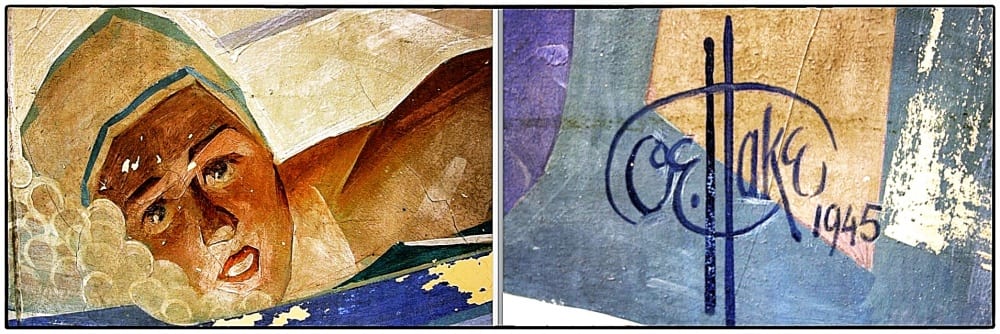
i remember being incredibly angry and deceived, but to the developers (and my client's) defense, they were operating on a tight schedule were time costs a great deal of money. so, in some ways i managed to just accept it for what it was. and at the very least, i did manage to rescue several tiles that otherwise would not have been saved.
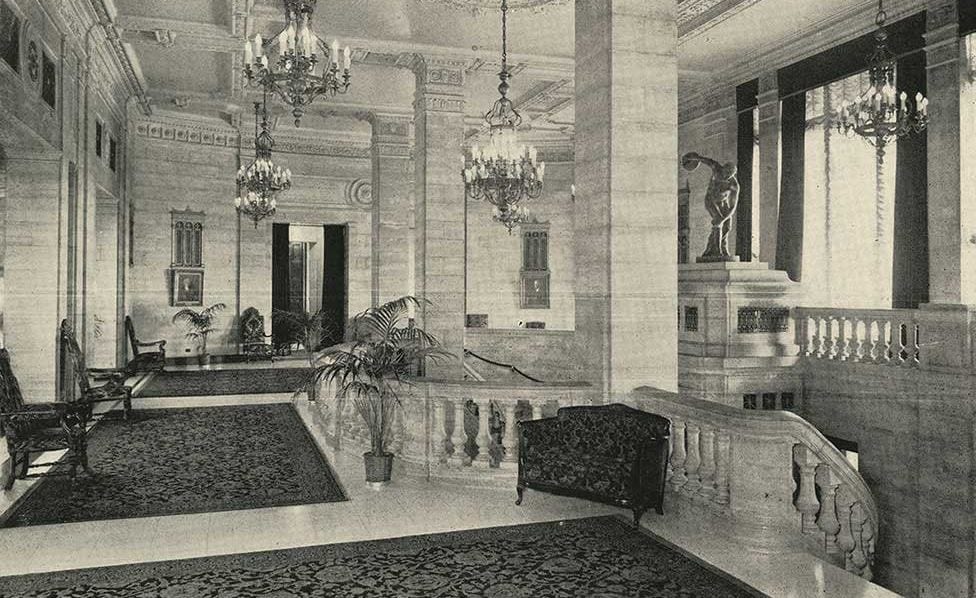
so with a little background provided to set the tiles into a meaningful context, i to you present some descriptive information and photographic images of the pool room's wall tile that i'm so very thankful to have rescued. how tragic would it be if these tiles were not saved or at least documented "in situ?"
 i'm quite certain that preservation chicago and the landmarks preservation council of illinois were very much aware of the murals, but the nautical-themed art tiles? i don't think so - or at least there was no mention of them existing in the pool room.
i'm quite certain that preservation chicago and the landmarks preservation council of illinois were very much aware of the murals, but the nautical-themed art tiles? i don't think so - or at least there was no mention of them existing in the pool room.
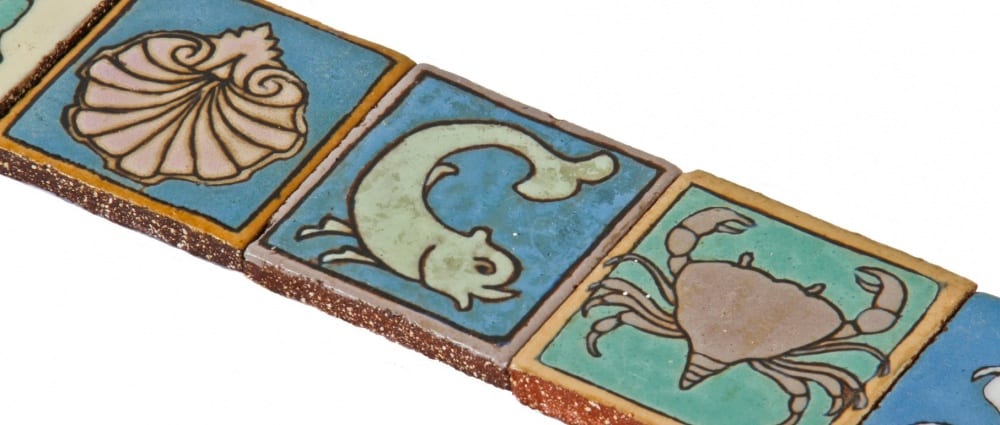
in some ways these little tiles symbolize a greater and more troubling issue pertaining to the overwhelmingly tragic loss of architectural artifacts from countless demolitions that were not saved or documented in any way. i cannot emphasize enough how important it is to recover artifacts destined to the landfill! and if i have to commit my life to doing just that, then so be it. someone has too... otherwise, the existence of these important artifacts will never be known, despite the company catalogs, photographic images and the memories of people who have visited these buildings prior to the arrival of the wrecking ball.
each earthenware tile with polychromatic enameled glaze contain nautical-themed scenes featuring various sea creatures in vibrant colors. the tiles were configured in "sets" of 7 continuous tiles in the order depicted below. the flush mount wall tiles were on each of the walls facing the pool.
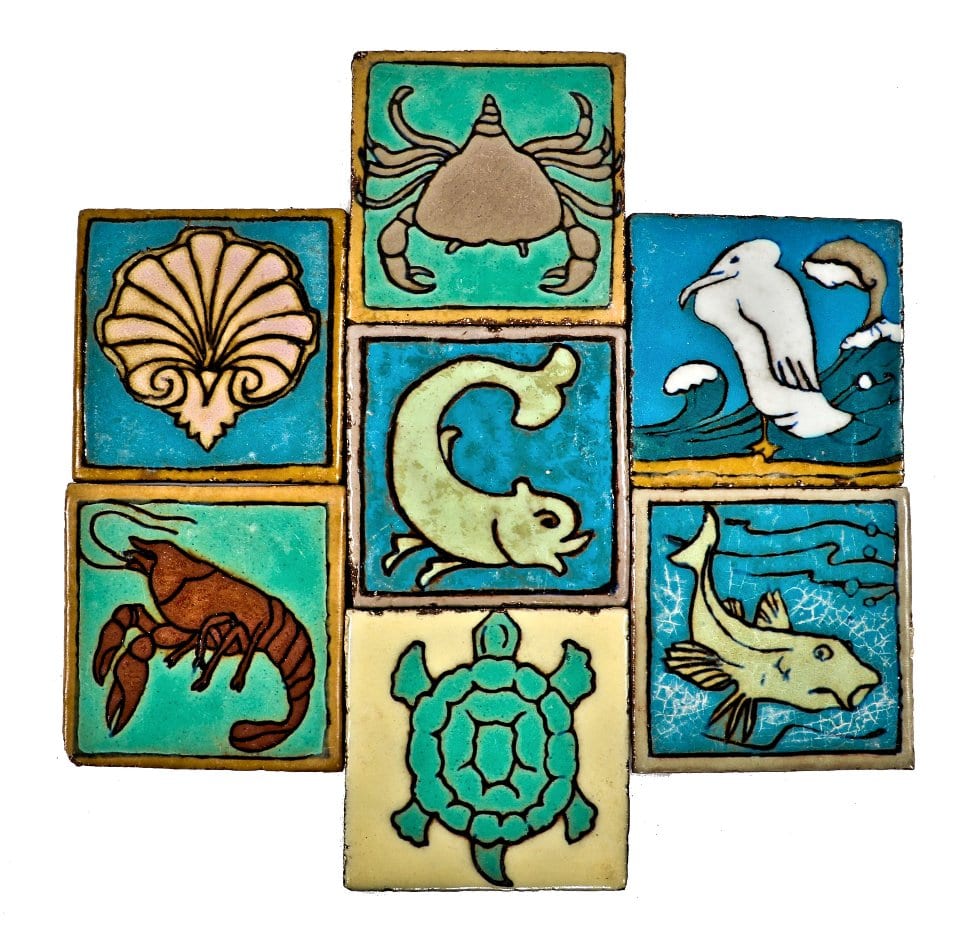
after we carefully removed mortar from one of the salvaged tiles, we found a lightly incised encircled monogram that turned out to be the mark of the mosaic tile company of zanesville, oh. the company was established in 1894 by karl langerbeck and herman mueller. notable potter, frederick hurten rhead, work for the company from 1922-23. a vast selection of ornamental and plain tiles were fabricated in their factories until 1959. the company ultimately closed in 1967.
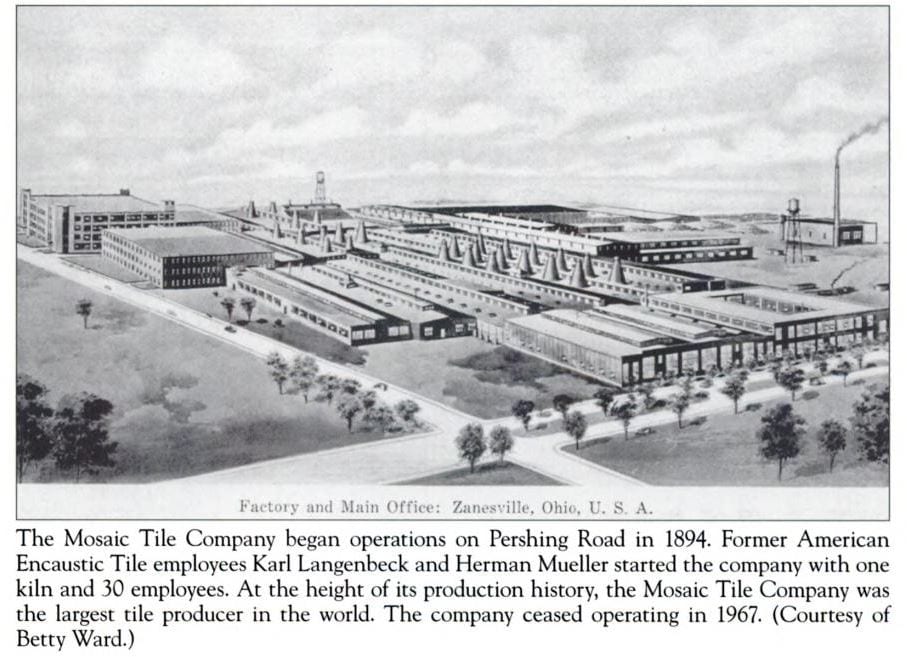
This entry was posted in , Miscellaneous, Bldg. 51, New Products, Events & Announcements, New Acquisitions & Bldg. 51 Feed on September 22 2014 by Eric
WORDLWIDE SHIPPING
If required, please contact an Urban Remains sales associate.
NEW PRODUCTS DAILY
Check back daily as we are constantly adding new products.
PREMIUM SUPPORT
We're here to help answer any question. Contact us anytime!
SALES & PROMOTIONS
Join our newsletter to get the latest information


